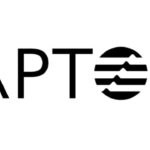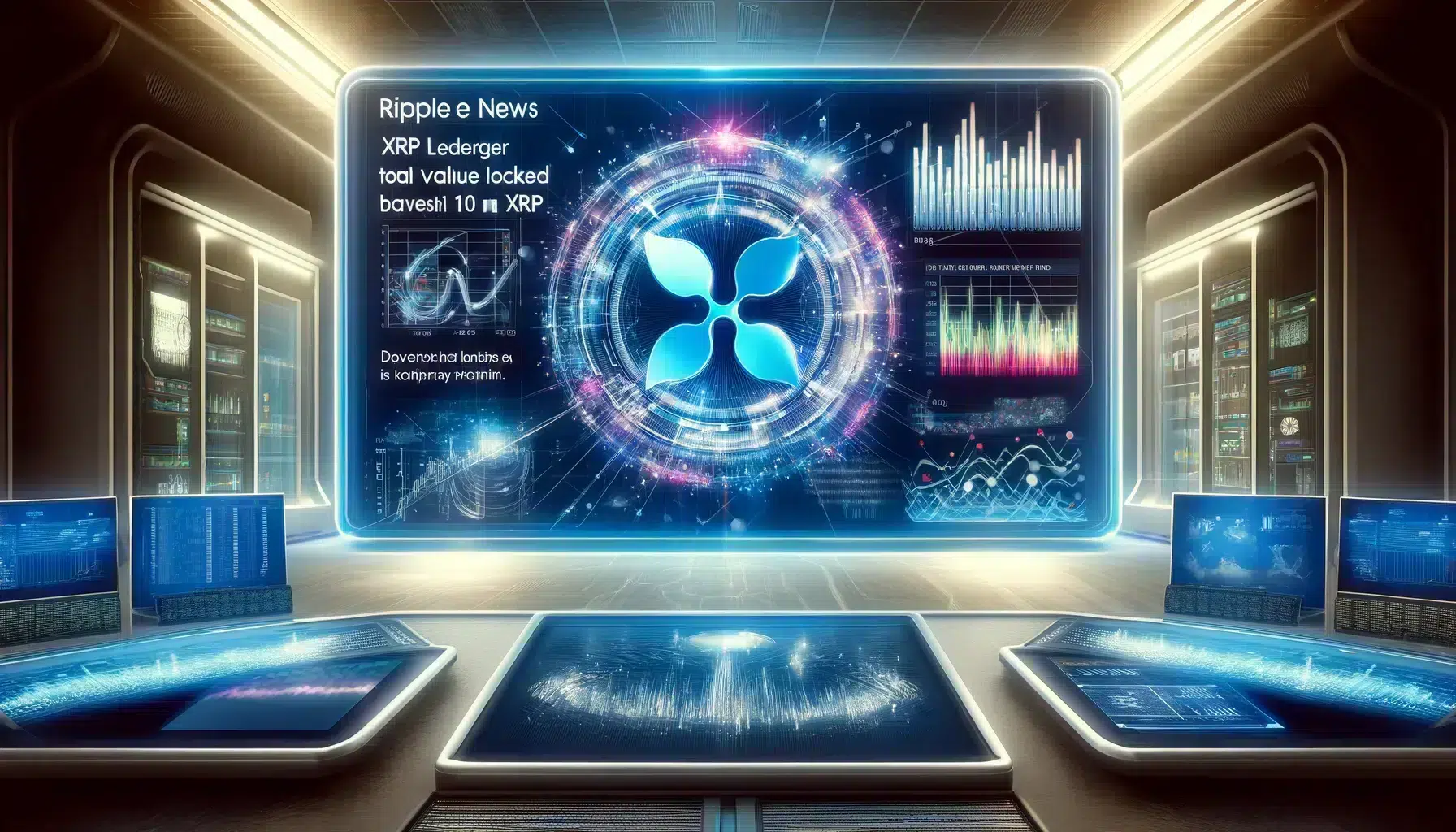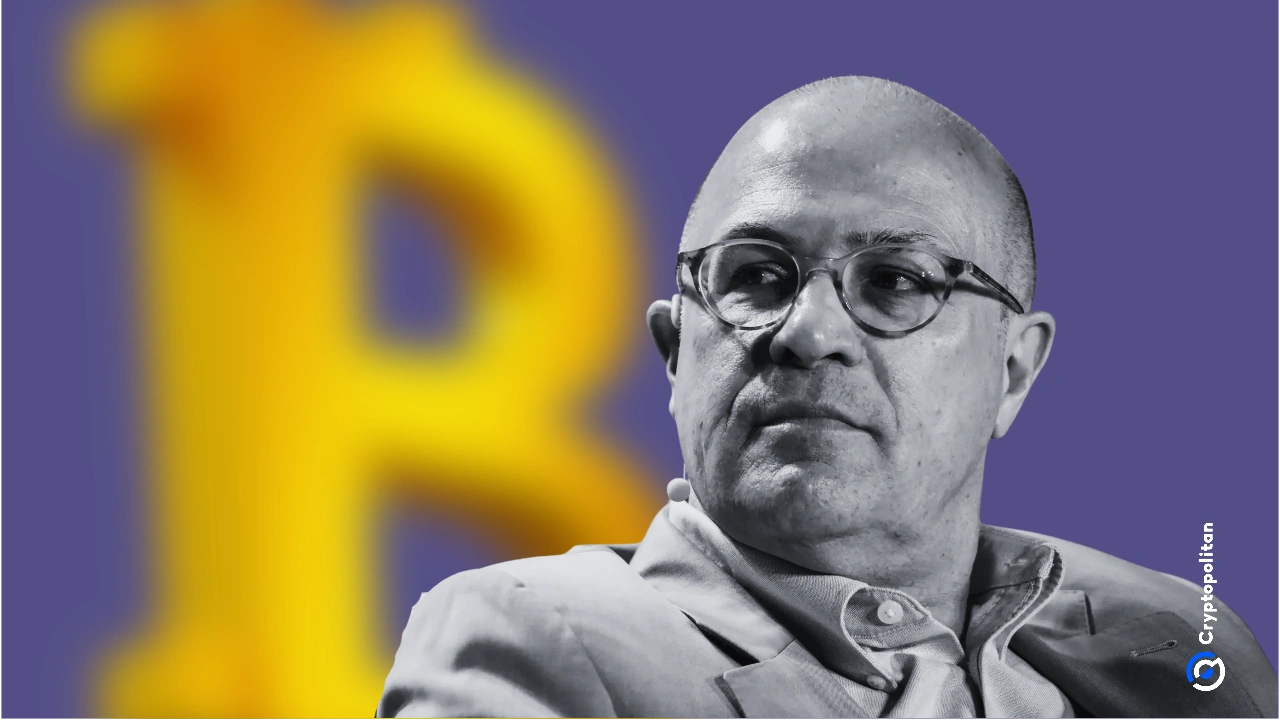- Ripple’s introduction of the EVM sidechain aims to strengthen XRP Ledger’s ecosystem by attracting Ethereum developers and expanding cross-chain decentralized applications.
- The recent market cap drop highlights XRPL’s evolving landscape, with Ripple focusing on innovation through smart contracts and the RLUSD stablecoin.
Ripple’s XRP Ledger (XRPL) ecosystem has lately experienced a dramatic collapse, with its market cap falling below $80 million, the lowest since January 2022. While this fall may scare investors, it is critical to understand the broader context of Ripple’s current developments.
XRP Ledger’s Ecosystem Market Cap Hits Record Low: What It Means
The market cap of #XRP Ledger’s ecosystem recently dropped to $80 million, marking the lowest point since Jan 2022 (the oldest record according to @xpmarket). While this might raise concerns, it’s important to… pic.twitter.com/ruTsJavk3a
— Dr. Artur Kirjakulov (@Kirjakulov) September 8, 2024
Ripple Enhances XRPL with Smart Contracts and EVM Sidechain Integration
Ripple has actively improved the XRPL with key developments such as the addition of smart contracts and the integration of an Ethereum Virtual Machine (EVM) sidechain.
These enhancements are intended to increase the usability of XRPL, establishing it as a more adaptable platform capable of supporting decentralized finance (DeFi) and other blockchain-based applications.
One of the most anticipated advancements is Ripple’s work to integrate smart contracts into the XRPL ecosystem. However, this initiative has prompted conflicting views among Ripple’s leaders.
As we previously reported, CTO David Schwartz and XRPL Labs Director Wietse Wind have openly voiced opposing viewpoints on the adoption of Layer 1 smart contracts.
While Schwartz supports its integration to broaden XRPL’s capabilities, Wind is more cautious, claiming that Layer 1 smart contracts could complicate the platform and distract from its primary focus on payments and tokenization. This argument underscores Ripple’s broader issues of balancing innovation with network stability and simplicity.
Despite these internal talks, Ripple remains dedicated to improving XRPL’s capabilities, particularly with the introduction of the EVM sidechain. This sidechain is intended to provide compatibility between XRPL and Ethereum, allowing developers to create decentralized apps (dApps) that use both networks.
The incorporation of EVM is viewed as a strategic step to draw Ethereum developers and projects to the XRPL ecosystem, thereby increasing its overall value and market presence.
This cross-chain capability is consistent with Ripple’s goal of establishing XRPL as a premier platform for payments and tokenization, particularly in cross-border banking.
Global Market Trends Impact XRPL Decline and Drive Strategic Shifts
However, the reduction in XRPL’s market capitalization is not entirely due to technical reasons. The entire cryptocurrency market has also seen a decline, with numerous blockchains, like Ethereum, Solana, and Tron, facing similar issues.
This widespread fall implies that XRPL’s market cap decline is part of a bigger trend, impacted by global economic conditions and fluctuations in investor opinion. While some may see this as a sign of weakness, others believe it is an opportunity for XRPL to refocus on its fundamental capabilities.
As Ripple refines its platform, the launch of the RLUSD stablecoin is expected to play a critical part in the ecosystem’s recovery. RLUSD, which is pegged to the US dollar at 1:1, is intended to increase liquidity and open up new use cases inside XRPL, notably for cross-border payments.
The stablecoin’s inclusion into the XRPL ecosystem may attract additional developers and users, resulting in the expansion of payment-related dApps and decentralized finance applications.
Furthermore, Ripple’s emphasis on real-world asset tokenization remains a key component of its long-term strategy, with tremendous growth potential as additional industries explore blockchain-based asset management solutions.
No spam, no lies, only insights. You can unsubscribe at any time.











